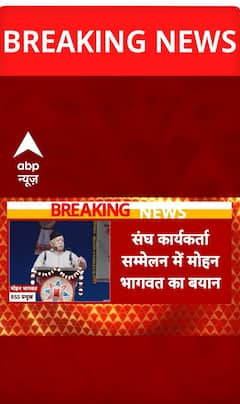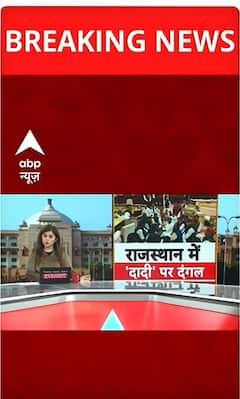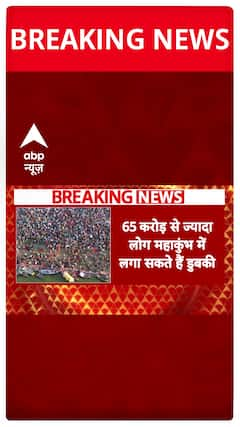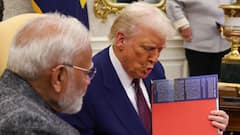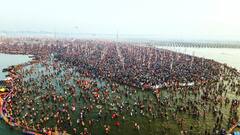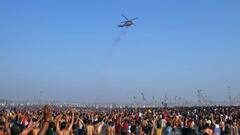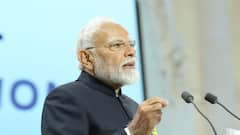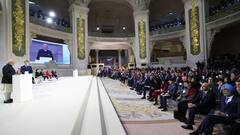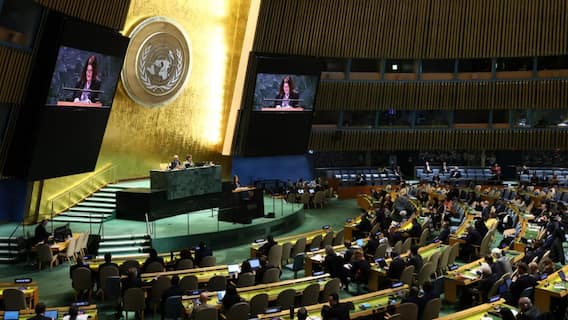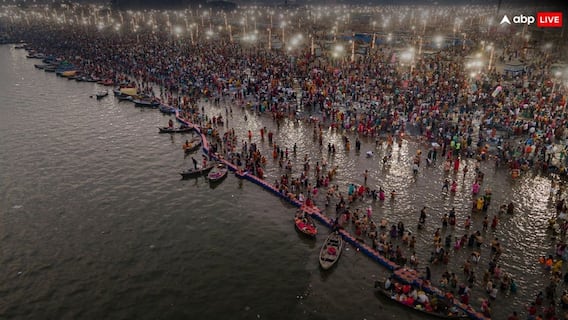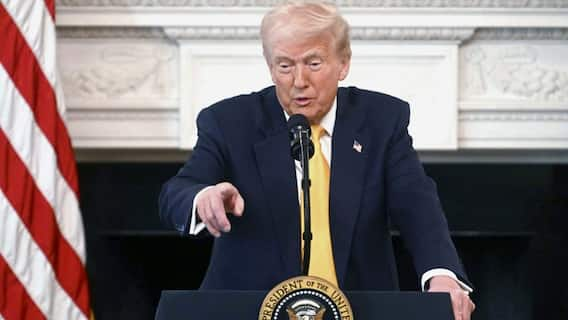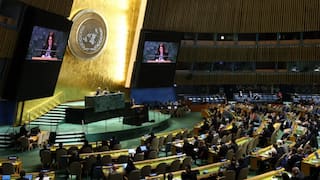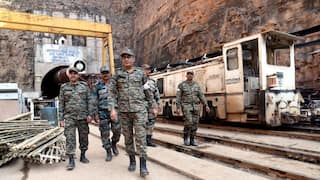Explorer
Diwali 2024: Fireworks Light Up the Night, Push Air Quality into Hazardous Zone
On the occasion of Diwali, Delhi witnessed an intense display of fireworks on Thursday night, leading to a hazardous spike in air pollution levels across the city. By Friday morning, the air had beco...
India
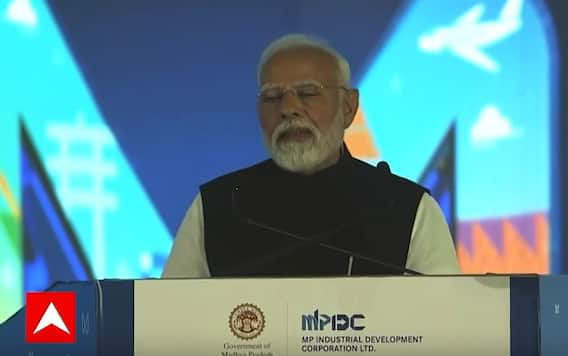
Global Investor Summit 2025: PM Modi Highlights India's Economic Growth and Madhya Pradesh's Transformation

Delhi Assembly Session 2025: Arvinder Singh Lovely Sworn in as Protem Speaker | ABP NEWS

Mahakumbh 2025: Surge in Crowd Two Days Before Conclusion, Impact Reaches Kashi & Ayodhya

Delhi Assembly Special Session: BJP vs AAP Clash Expected Over Key Issues

Global Investors Summit 2025: Bhopal Hosts Two-Day Mega Investment Event
View More
Advertisement
Advertisement
Advertisement
Top Headlines
World
Cities
World
World
Advertisement
Trending News


Shardhanand HarinandansinghBorn in Suriname and based in the Netherlands, Dr Shardhanand Harinandansingh is an author and columnist covering social and medical issues while actively engaging in Girmitiya affairs and preventive healthcare.
Opinion: Helping Girmitiyas Find Their Roots — Modi’s Call To Document History Could Heal Old Wounds
Opinion









